Having started this Bauhaus Weimar centenary year by exploring the path from Arts and Crafts to Bauhaus, the Bröhan Museum Berlin end this Bauhaus Weimar centenary year by exploring the path from Bauhaus to Arts and Crafts Scandinavia.
Or more accurately put, by exploring Nordic Design. The Response to the Bauhaus.
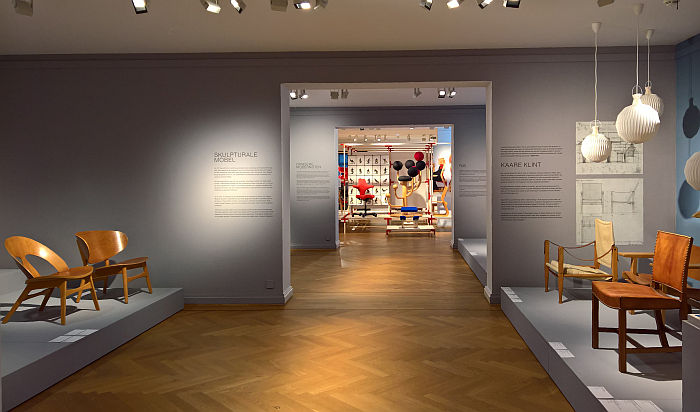
As this Bauhaus Weimar centenary year winds down and Bauhaus mania fades, or at least until 2026 when Dessau decide they also need a fulsome centenary celebration of the Gropius Building, it is only logical and correct that thoughts turn to where Bauhaus, and inter-War Functionalism and Modernism in its wider sense, (has) led us.
And while there are many ways ones thoughts could turn, as a conduit for such a discussion the Bröhan Museum Berlin have chosen the dialogue and discourse that occurred between Bauhaus et al and the architects and designers of northern Europe, and as, largely, expressed through that most accessible of expressions of design's social, cultural, economic and political dependencies, furniture.
Following a more or less chronological flow, Nordic Design opens with an exploration of the inter-War years in Sweden, Denmark and Finland: the latter opening with the recreation of a room in Alvar Aalto's Paimio tuberculosis sanatorium, a work completed in 1933, and work that in many regards stands not only as one of the earliest, large-scale, public, Modernist works in the Nordic nations, but for all, and, as noted previously in these dispatches, a work that marks the beginnings of Aalto the Functionalist, a work realised following, for want of a better word, Aalto's conversion, to Functionalism. A conversion that was closely allied to the 1927 Weissenhofsiedlung in Stuttgart and Aalto's participation in the 1929 CIAM Congress in Frankfurt. And a conversion that once enacted saw Aalto increasingly attempt to humanise the Functionalism of a Bauhaus or a Neues Frankfurt, to make Functionalism more appropriate to the emotional and sensual demands of the human species rather than purely the physical and procedural demands; and while the Paimio room as presented in Nordic Design may predominately rely on steel tubing for its furniture, rather than the moulded birch plywood with which Aalto would forge new ways, it does also neatly underscore how Aalto considered the layout of not only the individual rooms but the whole sanatorium complex from the perspective of the patient, the specific needs of a tuberculosis patient, and attempted to create an environment that in his words should "function as a medical instrument"1, should actively assist the patients. As human beings, not components of a system.

Important as the developments in Germany were for Aalto and Paimio so to were developments in Sweden, for all the 1930 Stockholm Exhibition: not only one of the biggest and most important inter-War functionalist modernist exhibitions in Scandinavia, but an exhibition featuring important contributions from architects such as Gunnar Asplund, Sven Markelius or Uno Åhrén, with whom Aalto was in contact. And an exhibition which forms the core of the Swedish introduction. An exhibition (a) organised by Svenska Slöjdföreningen, The Swedish Crafts Society, an organisation founded in the 1845, who established Konstfack Stockholm, still Sweden's biggest art and design college, and an organisation which in the early decades of the 20th century were increasingly influenced by the Deutsche Werkbund and their vision of the combination of art/craft and industry for the benefit of contemporary and future society. And (b) staged very much in context of the concept of the Folkhemmet, People's Home, a concept, and summarising to the point of falsehood, of Sweden as one big house and an understanding of the role of public administration and government and the contract between the State and the individual which underpinned the Swedish social and welfare systems until, arguably, the 1980s and which had a not insignificant influence on Swedish design, on Swedish understandings of good, functional, design.
Functionalism as practised by a Gunnar Asplund, a Sven Markelius or an Uno Åhrén was however only one inter-War Swedish expression of architecture and design, another was that developed by Carl Malmsten, a man who as we noted from our #campustour visit to Capellagården followed a position based much more on the primacy of craft, who understood a continuation of tradition as important, and who isn't represented in Nordic Design, sadly, because understanding the arguments against something are as central to understanding the arguments for something in understanding that something; however, the more emotional, traditional, craft perspective a Malmsten promoted can be understood in a Functionalist context through works by the likes of Bruno & Karl Mathsson, Axel Larsson or the Austrian emigree Josef Frank.
And in Denmark
More specifically in Kaare Klint. A man who did more than most to shape Danish understandings of design in the 1920s and 1930s, not only through his own work, or indeed only through his establishment of, and teaching at, the Furniture and Interior Design School of the Royal Danish Academy of Fine Arts, but also because of his preference for, and insistence on the use of wood in furniture. For all tropical hardwoods. And while although, thus, very much a traditionalist, Klint was also interested in furniture as a functional, progressive good, and Nordic Design features sketches by Klint on the proportions of the human body, including the sitting human body: and this combination of traditional conservative values and the need for furniture to be responsive to its users and their demands, would carry over to pupils of his such as Hans J Wegner or Børge Mogensen, two unquestioned doyens of 20th century Danish furniture design and two designers introduced in the section the curators refers to as Sculptural Design, and as represented by the 1949 Copenhagen Carpenters Guild exhibition and works by, in addition to Wegner and Mogensen, Finn Juhl, and thus the start of the exploration of post-War responses to Bauhaus in Denmark.
Post-War responses as also expressed through works by the likes of Poul Kjærholm or Arne Jacobsen, the latter an architect and designer who freely absorbed impulses from inter-War Germany, and one represented in Nordic Design by both his Series 7 chairs for Fritz Hansen but also various objects from his late 1950s SAS Royal Hotel, a work that much as Aalto's Paimio sanatorium brought European international modernism to the forests of Finland, brought (Mies van der Rohe inspired) post-War American International modernism to downtown Copenhagen. And both of which would influence and inform architecture and design in the Nordic kingdoms, and much further afield.

Having introduced national developments Nordic Design invokes the spirit of John Locke to discuss three essences, technically four, but we'll get to that, but for us three essences of the complex idea of design from Scandinavia: children/family, inclusivity and ergonomics, the latter being essentially an introduction to the work of the Norwegian designer Peter Opsvik. ...... Norwegian? Norway? Norway! Finland, Sweden, Denmark, ???........ We don't want to start any diplomatic incidents, we live in very dangerous, unstable, geopolitical times, but.... inter-War design in Norway? In Iceland? Maybe that's being saved for a later exhibition. Maybe we need to be more patient. As we should all be in these dangerous, unstable, geopolitical times.
And so while Iceland remains outwith Bröhan's Nordic, Norway joins the Nordic nations, and the Nordic Design narrative, post-War and the considerations on seating by Peter Opsvik, considerations which as Nordic Design explains were influenced by a year at the official unofficial Bauhaus successor, HfG Ulm, which in may ways also represent both a continuation on the ideas of optimization through observation that underscored the inter-War functionalists Taylorist fascinations, as well as the scientific considerations on the human body as undertaken by, and amongst others, a Kaare Klint or a Le Corbusier, and which are presented in Berlin as both the abstract, as, for example, the Garden sitting tree for Stokke, but also the more practical, if every bit as variable and responsive, such as the 1984 Capisco 8106 office chair for HÅG, an object which is very neatly explained by photos akin to Bruno Munari’s 1944 "Searching for comfort in an uncomfortable chair" photos, and also by Minimax for Stokke, a chair which through a stupidly, stupidly simple, and therefore all the more joyous and satisfying, system, is readily height adjustable and is thus suitable for adults and children alike.
And by Opsvik's 1972 Tripp Trapp for Stokke, a chair which is readily height adjustable and is thus suitable for toddlers and older children alike, if you will a chair that accompanies children as they move on from the necessity of a high chair, over not being quite big enough to reach a table in a conventional, adult world, chair, to that adult world chair, and a work which leads the visitor neatly into the section Children and Family.
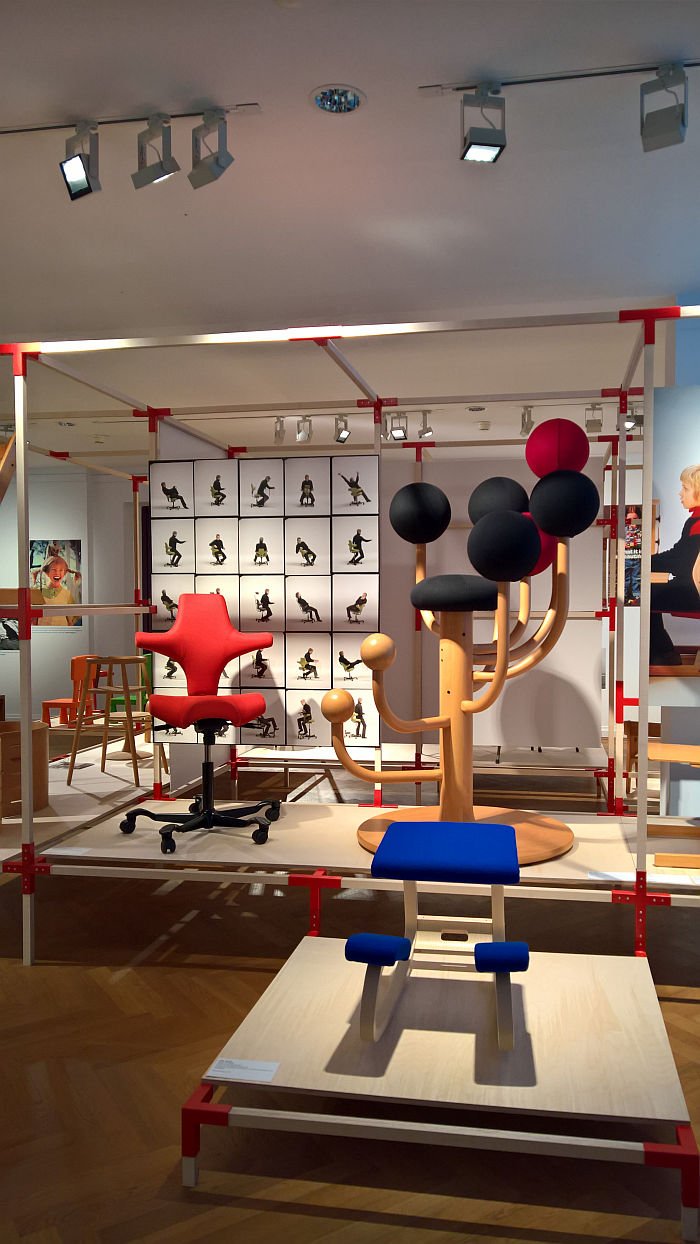
Children and Family is an essence of design from Scandinavia that Nordic Design argues can be traced back to Ellen Kay's 1900 book The Century of the Child, and which understands the needs and demands of children as being every bits as important and relevant as those of adults. A theme that, in many regards, Thonet also tackled in some of their late 19th century designs, which was taken up in various contexts by the inter-War Modernists and continued post-War, also in America by the likes of Charles & Ray Eames, and that always, one must add, against the then prevailing understanding of the family unit and the "correct" raising of children; and which is represented in Nordic Design through various toys, including LEGO, and furniture by, and amongst others, Arne Jacobsen, including his 1955 school desk for his Munkegaard school project, by Peter Hiort-Lorenzen, Nanna Ditzel, Kay Bojesen, whose Affe is, as the law prescribes, also present, and Verner Panton in the guise of his 1992 Vipp rocking chair. An absolute joy of a work. As in joy, joy, joy. And an object which appears to be pining for 19th century Thonet through an invocation of the geometric understandings of Bauhaus Weimar, and which is thus not only a fascinating expression of design's helix, but a work far, far removed from that by Panton which comes later in Nordic Design.
And no, not that..... Nor that.
The equality afforded design for children as design for adults, the humanity of an Aalto, the Swedish Folkhemmet or the FDB, the Danish Cooperative Society, is reflected and unified in the section Democratic Design, a section which again, and very pleasingly, opens with the person of Ellen Kay, a key person in the development of understandings of design in not just her native Sweden but across Europe, not least because of the strong connections she had to late 19th/early 20th Germany and German creatives, if someone whose influence is undervalued today, we'd argue because most of her texts are only available in Swedish. Which isn't useful.
The principle focus of the Democratic Design section is however is that other influential Swede, Ingvar Kamprad, and his small, unassuming, furniture store, IKEA. A store whose original concept was, in many regards, dependent on impulses from inter-War Modernism, and then took them new places. And while for non-Swedes it is all but impossible to understand just how important IKEA was and is in developing and pushing understandings of design in Sweden, it is/was of fundamental importance. And that largely because as an institution it is, or at least can be understood as being, closely tied up with the ideas of the Folkhemmet. As in many regards is Pippi Långstrump. And both IKEA and Pippi would move on from their Swedish homes to influence societies elsewhere.
And Nordic Design's fourth essence?
One that, and freely following John Locke's arguments about the problems of complex terms, we don't recognise as being an essence of Nordic design.
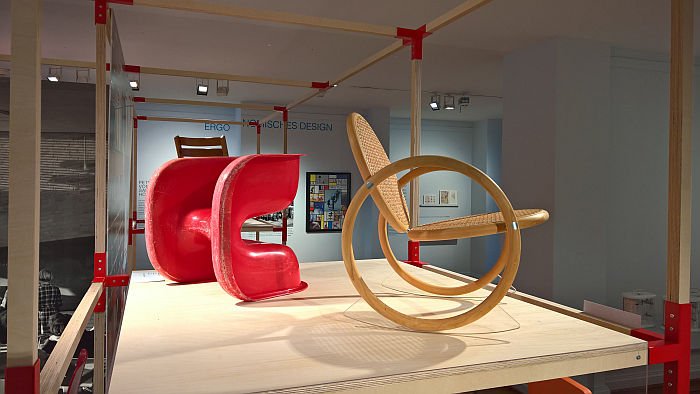
Hygge.
Words alone barely suffice to describe just how much we abhor the term Hygge, or perhaps better put, abhor the contemporary use and popular understanding of the term H****; it's one of those arguments we feel we can better express through dance, but will attempt in words. But not here. Here ain't the time nor place for that discussion, that would be unfair on the rest of the exhibition, it will however come. For now let us simply say that for us H**** is on a par with street food, a symptom of a contemporary social malaise, and one that we collectively need to understand we are infected with in order to treat. And in many regards the rest of Nordic Design very neatly elucidates the dishonesty and the duplicity that lies behind the popular promotion and monetising of H****. But as we say, that's a discussion for another day. And further invocations of John Locke.
The final section of Nordic Design takes that visitor to that mythical Nordic kingdom, Utopia, not the Utopia of the Moomins, or indeed the aforementioned Pippi Långstrump, but that of Finnish textile manufacturer Marimekko, the Finnish designer Eero Aarnio or Denmark's Verner Panton, and a presentation that includes works such as Aarnio's Pastile and Pony, even though its obviously Frog, or Panton's Stega "Sitting Wheel" or SP3 lamp for J. Lüber, and thus an illustration of how evolving technical, social, cultural and economic realities evolved expressions of functionality and the form/function relationship that seemed so definitive in the inter-War years.
And also indicates that the exhibition ends too soon. What comes after Utopia?
Brexit?
No! Postmodernism and as discussed in our post from the exhibition 1980s – A new era in furniture design at the Museum of Furniture Studies Stockholm, Nordic Postmodern as a response to the Modernism of a Bauhaus is every bit as interesting and import as Postmodernism elsewhere. And as a response to the Modernism of an Asplund, Jacobsen, Malmsten or Aalto, indispensable in context of understanding the development of contemporary design in Scandinavia and the contemporary influence of design from Scandinavia.
And while yes, the exhibition has to end somewhere, we'd argue that if you start at Modernism, you have to end at Postmodernism. While also freely admitting that taking the exhibition on to Postmodernism would require space the Bröhan Museum simply doesn't have. And yes you could, should, take out H****, but that is thankfully only small space and certainly not enough to explore Nordic Postmodernism.
But then again, and as with inter-War Norway and Iceland, maybe Nordic Postmodernism is an exhibition in planning. Maybe we need to be more patient.
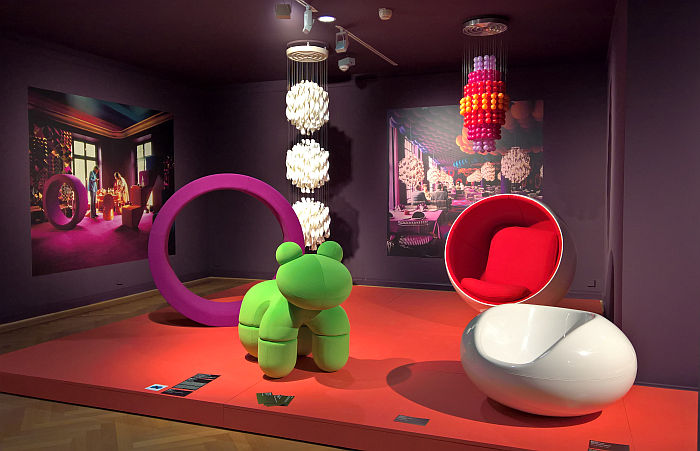
Not that such omissions in any way detract from the flow of the exhibition and its exploration of the subject at hand, far from it; they would however have expanded and deepened what is a very satisfying, informative, engaging presentation.
One that in addition to the works and designers quoted above also features works by the likes of, and amongst many others, Tapio Wirkkala, Mogens Koch, Ilmari Tapiovaara, or Poul Henningsen, the latter represented by both his PH lamps through Louis Poulsen, works which without question could have arisen at Bauhaus Dessau, and also by the monstrously outrageous Spiral for Louis Poulsen from 1942. A work which hangs there like some futuristic steel pine cone, a deliciously reduced and unassuming object with more grandeur and decadence that many a crystal chandelier, and which also neatly mirrors and reflects the influence of historical form languages that underscores the PH lamps, both are of a previous age, just re-imaged and re-aligned for theirs. And which also reminds of the importance of Poul Henningsen the theoretician, and that much as the works of Ellen Kay are generally only available in Swedish, most Poul Henningsen texts only exist in Danish; and thus the very real barriers that the vast majority of us have in truly understanding the development and evolution of Nordic design.
Just as monstrously outrageous as Spiral is a 1960s collapsible wall-mounted clothes hanger by Poul Østergaard and Adam Hoff for Virum Mobelsnedkeri, just much less futuristic, being as it is from wood and reflecting more the functionalism of a Klint or Wegner, just with a little more humour. Yes, as we always argue the ability to fold such an object flat against a wall is largely irrelevant because once you put something on it you're not going to take it off; however, as a collapsible wall-mounted clothes hanger exists as a very satisfyingly and pleasingly scaled and proportioned character.
And it is a genuine character.
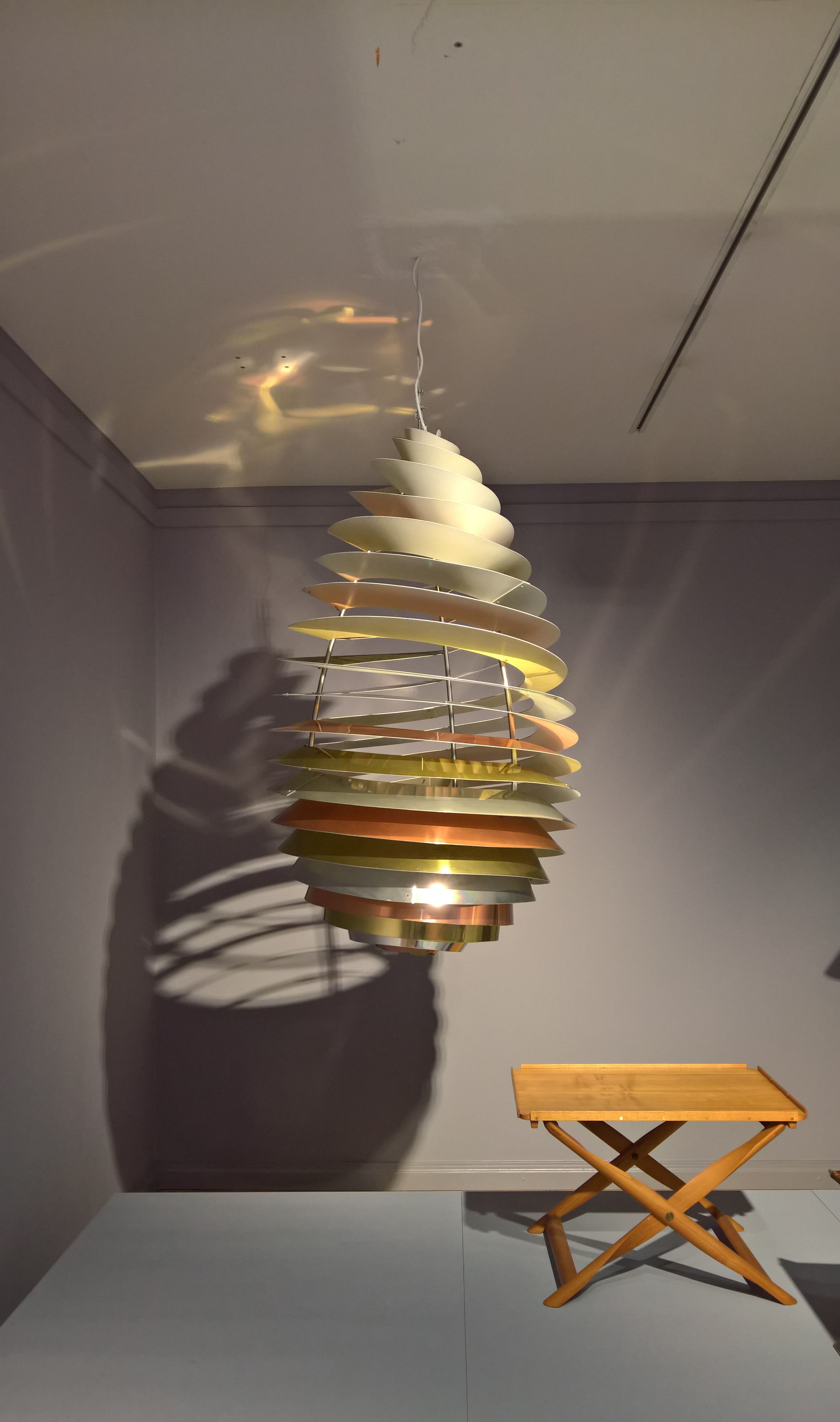
A neatly paced and very logically, clearly, structured presentation whose bilingual German/English texts guide you effortlessly along the narrative, Nordic Design does have to contend with the peculiarities of the Bröhan Museum's architecture and the need to place objects on deep plinths, and thereby denying proper exploration of those standing at the back, something perhaps very much desired in the case of Spiral, a work that positively demands you sink your hands into it, demands to be experienced tactilely every bit a sensuously, but an exhibition none the less enjoyable, informative and accessible for those restrictions.
And an exhibition which very pleasingly avoids any temptation towards Instaporn, which given the objects on display and the period under discussion it could all to easily have become. Much more through presenting the works, soberly, in context of their genesis and as snapshots of moments in the (hi)story of the development and evolution of architecture and design rather than objects of which to take snapshots, Nordic Design allows the visitor to better approach a better understanding of the development of design in Scandinavia.
Or perhaps more accurately put, to better approach a better understanding of one strand of the development of design in Scandinavia, for, and as with design everywhere design in Scandinavia was just as influenced and informed by impulses from America, Italy, United Kingdom, et al, or local economic, social, technological or political realities and indeed their own (hi)stories, as by Bauhaus; however, through the very concentrated focus on the discourse and dialogue between Bauhaus and their cohorts, how designers and architects in Scandinavia responded to the impulses coming from Germany, Nordic Design allows not only for an alternative perspective of the works of the Bauhäusler and their associates but also for a readily accessible and coherent deepening of our understanding of the development of design in Scandinavia, one which moves that understanding away from the visuals, the colours, the materials, the handcraft, and instead allows a focus on the context, even if they do very nearly blow the whole thing with the instance on H****..........
Nordic Design. The Response to the Bauhaus runs at the Bröhan Museum, Schlossstraße 1a, 14059 Berlin until Sunday March 1st.
1Quoted in Göran Schildt, Alvar Aalto. The complete catalogue of architecture, design and art, Academy Editions, 1994




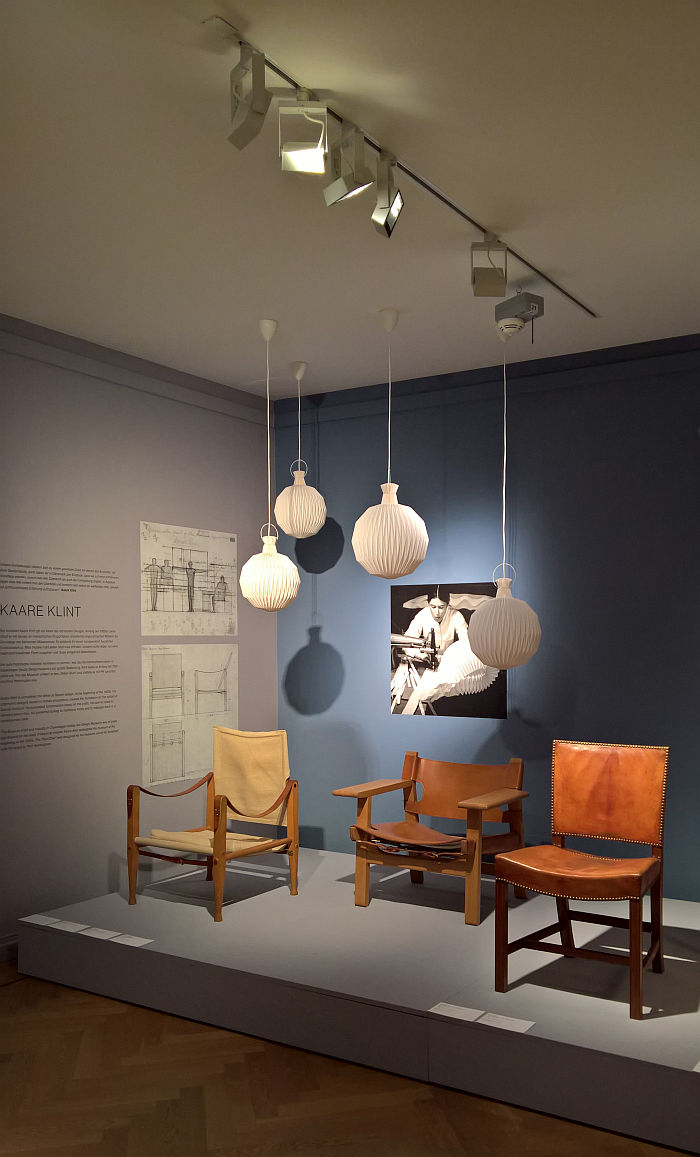
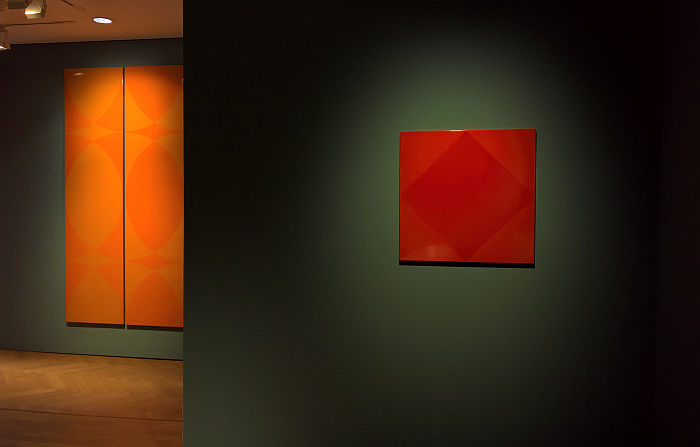
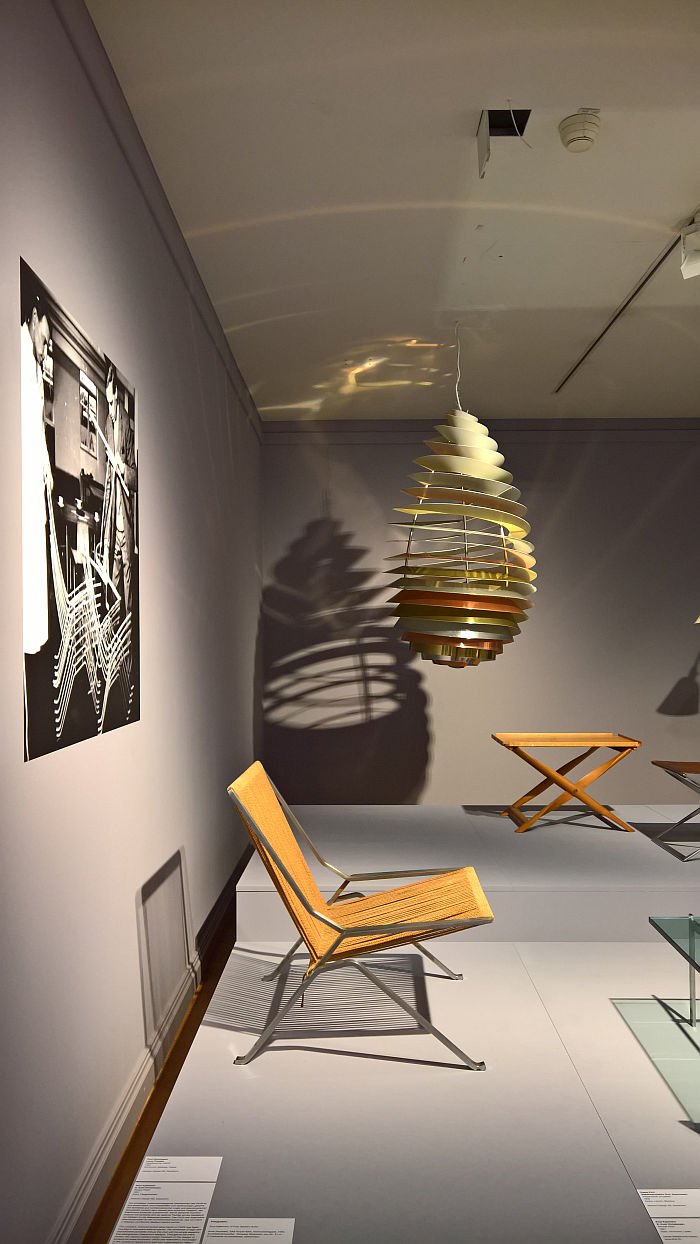

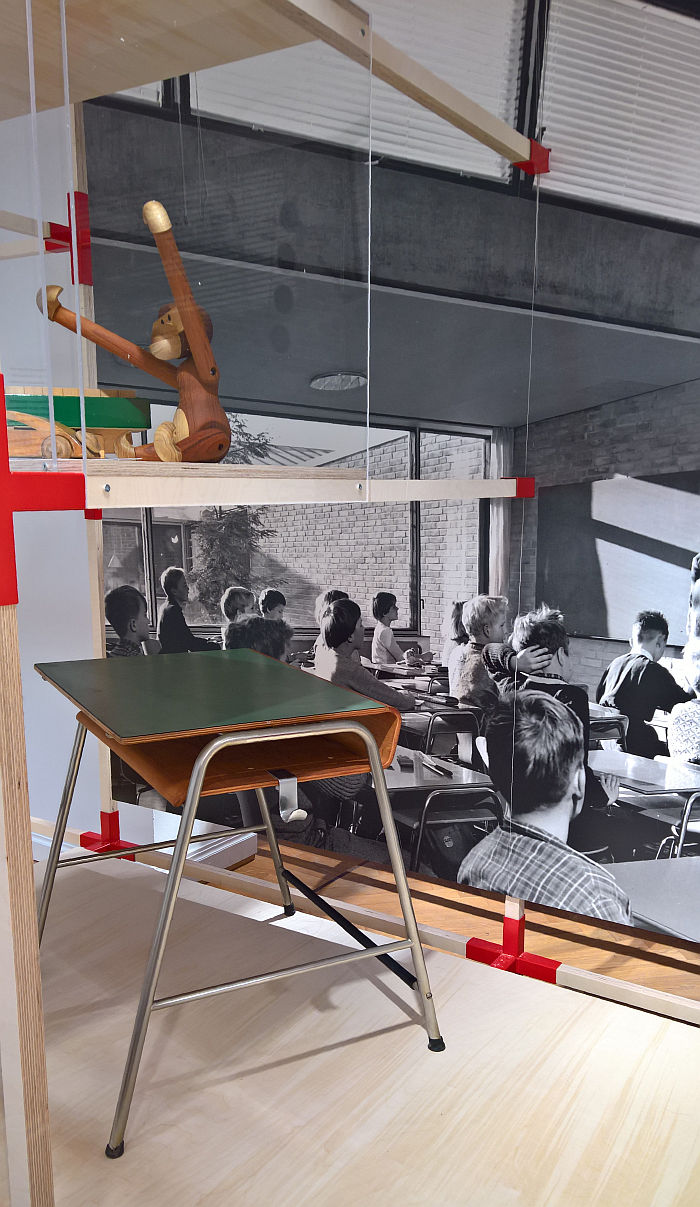

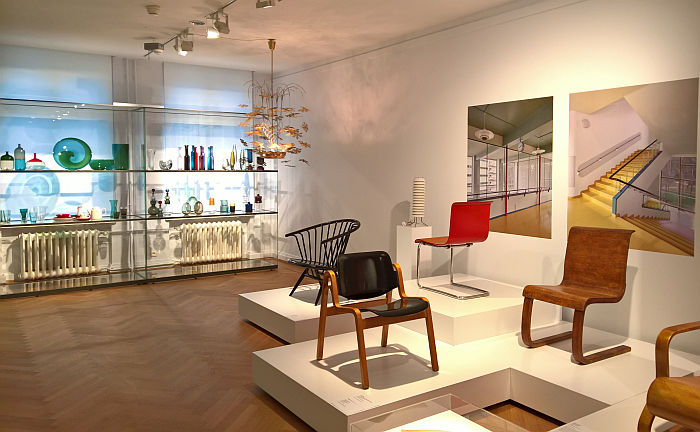


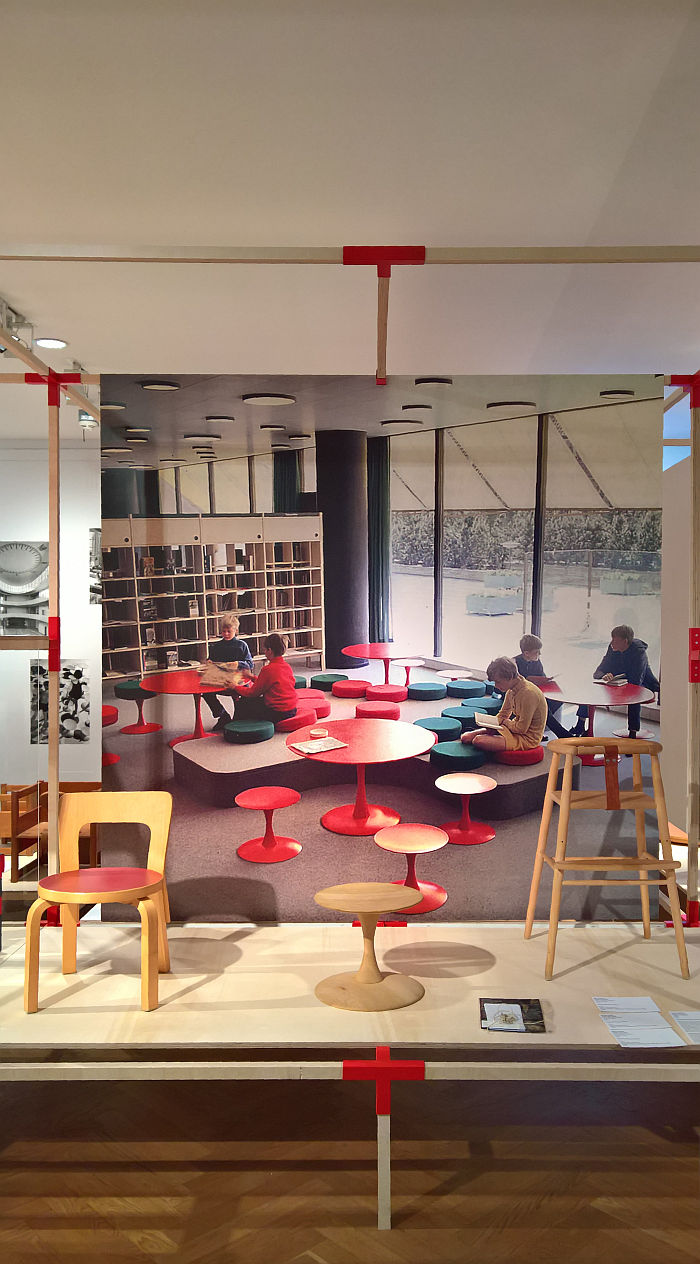



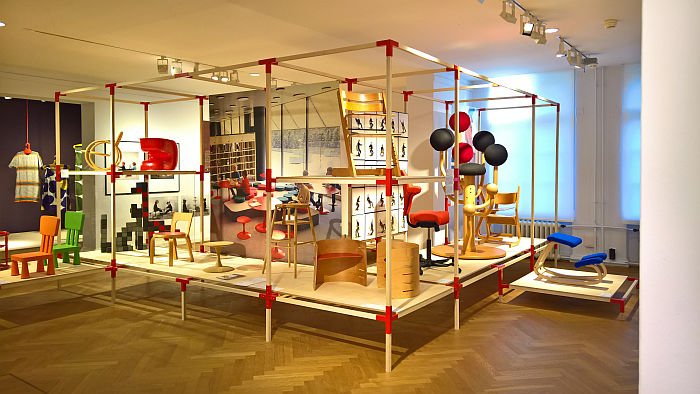
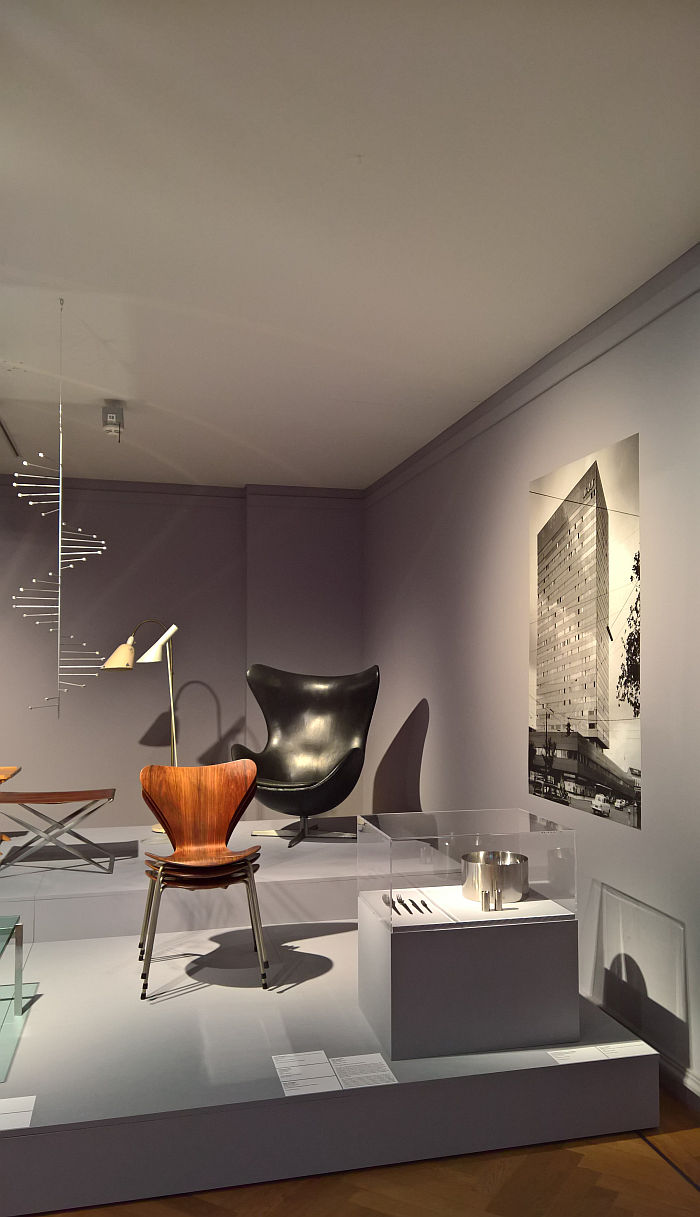
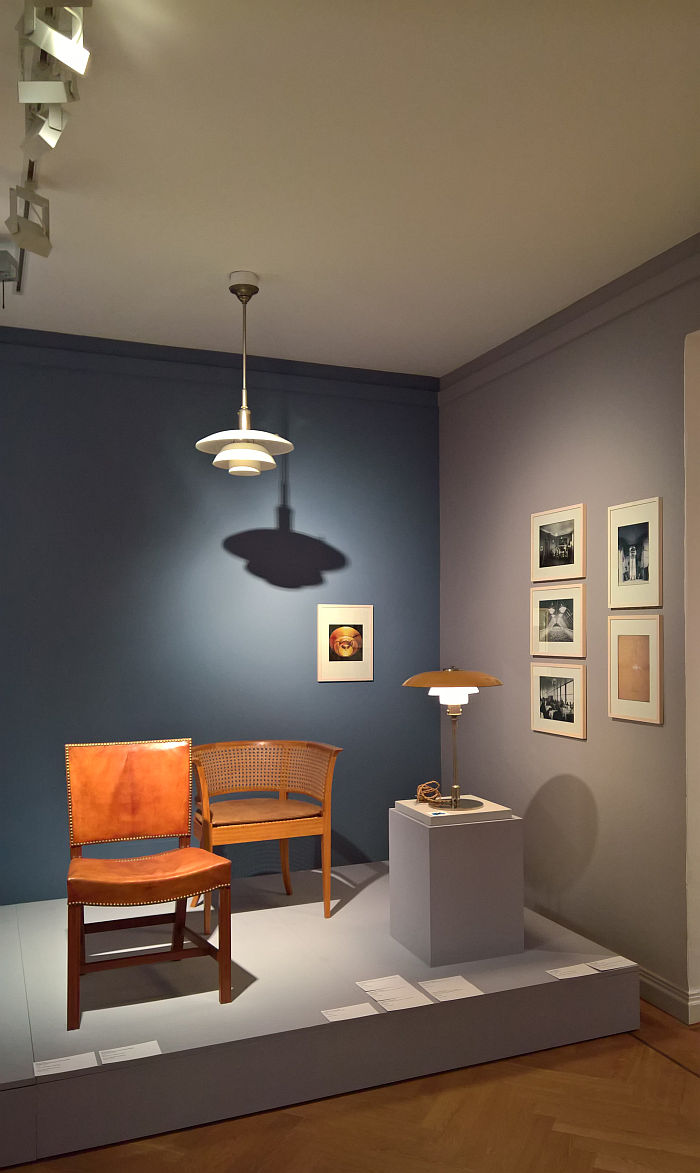

Full details, including information on the accompanying fringe programme, can be found at www.broehan-museum.de